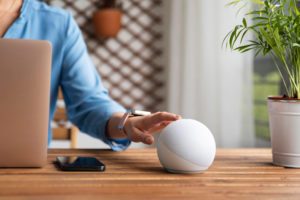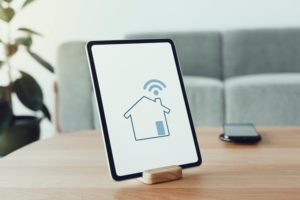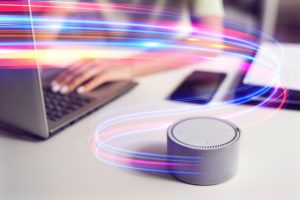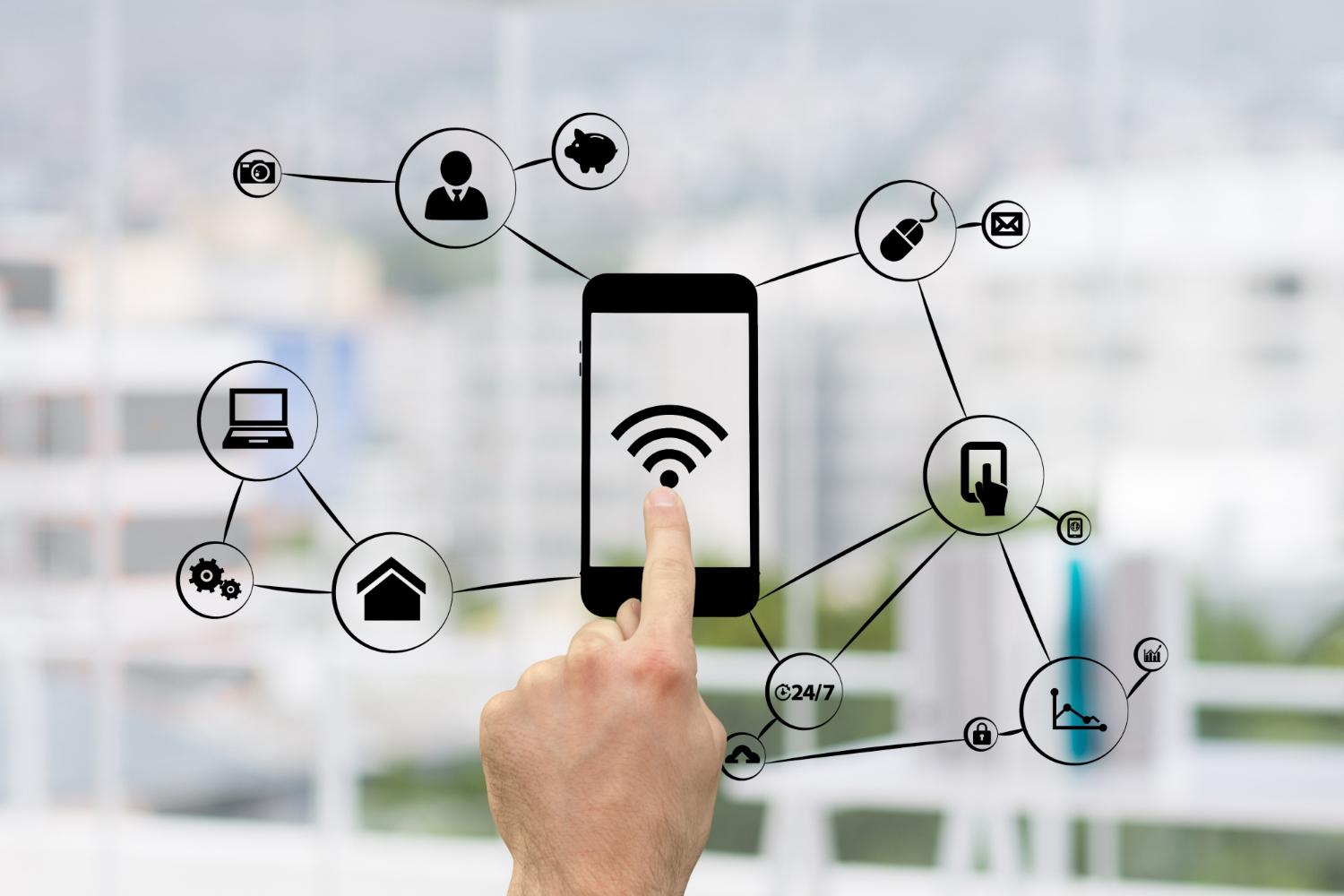Connected objects and cybersecurity: a relationship to watch
Connected objects have invaded our daily lives: from smartphones to smart watches , thermostats, security cameras and even refrigerators or baby monitors.
These connected devices offer innovative features and are practical in our daily lives. But these also raise cybersecurity concerns, just like a computer.
So what is the impact of connected objects on cybersecurity and the measures necessary to ensure the protection of our personal data and privacy, whether stored in a computer or in our smart devices?

Reminder: what is cybersecurity?
Cybersecurity refers to the set of practices and measures aimed at protecting computer systems, networks and data from cyberattacks. This includes preventing, detecting and responding to security incidents.
It also aims to ensure the confidentiality of digital information.
Cybersecurity has become increasingly critical as our world becomes increasingly interconnected and dependent on information technology.
Computer attacks have become more sophisticated and widespread, potentially causing considerable damage to individuals and businesses.
The rise of connected objects
Connected objects are devices that connect to the Internet to exchange data and perform actions.
Their use has transformed many aspects of our lives: from smart homes to self-driving cars.
However, this constant interconnection exposes these devices to significant and often underestimated security risks.
There are many examples of connected objects that can be susceptible to hackers because of their vulnerabilities and the confidential information we give them.

Among the most sensitive objects are:
- Connected security cameras : These are often used to monitor homes, offices or public spaces. When not properly secured, they can be hacked, allowing cybercriminals to access live video streams, spy on occupants, or even disable cameras.
- Home automation systems : They allow you to remotely control domestic equipment such as lights, door locks, thermostats, alarms… and can be targets for hackers. Misconfiguration or weak passwords can allow unauthorized persons to take control of these devices, compromising the security and privacy of occupants.
- Connected toys : such as dolls or interactive robots, can also pose risks. There have been reports of hackers gaining access to connected toys via Wi-Fi, allowing them to communicate with children in an unsafe and potentially dangerous way.
- Connected vehicles : Modern cars are increasingly equipped with connected systems for entertainment, navigation and safety features. These systems can be vulnerable to cyberattacks. Security researchers have already demonstrated the ability to remotely hack connected vehicles and take control of them.
- Connected medical devices : insulin pumps, heart rate monitors or pacemakers, are also potential targets for hackers. A successful intrusion into these devices could have serious consequences for the health of patients.

The risks associated with connected objects
IoT devices have vulnerabilities that can be exploited by cybercriminals. The data collected by these devices can be used for malicious purposes or sold on the web.
It is important to note that the vulnerability of connected objects varies according to the quality of their design and implementation. Faced with this reality, manufacturers are implementing security measures : regular updates, strong authentication mechanisms and data encryption.
For their part, users must take precautions by choosing their passwords correctly, keeping their devices up to date and limiting access to connected objects to their Internet network, only to trusted devices.
Cybersecurity challenges related to connected objects
The nature of connected objects poses unique cybersecurity challenges. Some of these devices have limited resources, making it difficult to integrate security measures strong enough to be effective.
In addition, their lifespan is often longer than that of the software that powers them, which means that security patches may be overlooked or non-existent.
Governments and regulators are beginning to take steps to regulate the cybersecurity of connected objects. Safety standards are being developed to guide manufacturers and ensure that devices meet minimum safety requirements.

Connected objects offer a world of opportunities, but they also require special attention when it comes to cybersecurity.
Far too often ignored, the security of these everyday devices is nevertheless a necessity, just like that of a computer.
It is crucial to put in place adequate safeguards to prevent cyberattacks and protect our personal data.

